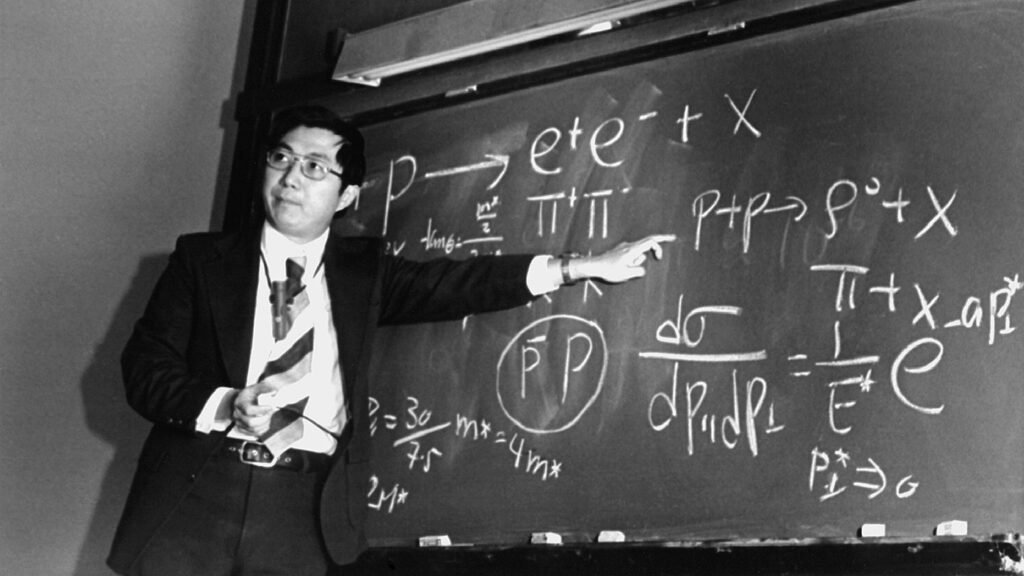Particle physics has always been a field full of surprises and mysteries, and one of the most unexpected discoveries in this realm came in November 1974 with the identification of a new subatomic particle. Dubbed J/psi, this particle was unlike anything scientists had seen before, presenting a conundrum that left theorists scratching their heads.
What made J/psi so perplexing was its unusual characteristics. Not only was it the heaviest particle ever discovered at the time, but it also had a surprisingly long lifetime of 10^-18 seconds. This raised questions about the underlying structure that could keep such a massive particle stable for such a relatively extended period.
After much speculation and analysis, researchers eventually concluded that J/psi was composed of a unique combination of quarks known as charm quarks and their antimatter counterparts. This groundbreaking revelation, known as the November revolution, marked a significant milestone in particle physics, confirming the existence of quarks as fundamental building blocks of matter.
Despite this breakthrough, J/psi continued to baffle scientists with its enigmatic properties. For instance, researchers working with the ATLAS experiment at CERN’s Large Hadron Collider have been investigating the mechanisms behind the production of J/psi particles in high-energy proton collisions. Understanding how these particles are generated could provide valuable insights into the fundamental forces and interactions governing the subatomic world.
The ongoing exploration of J/psi and other exotic particles highlights the ever-evolving nature of particle physics and the ongoing quest to unravel the mysteries of the universe. As scientists delve deeper into the subatomic realm, they continue to push the boundaries of our understanding of the fundamental laws that govern the cosmos.

